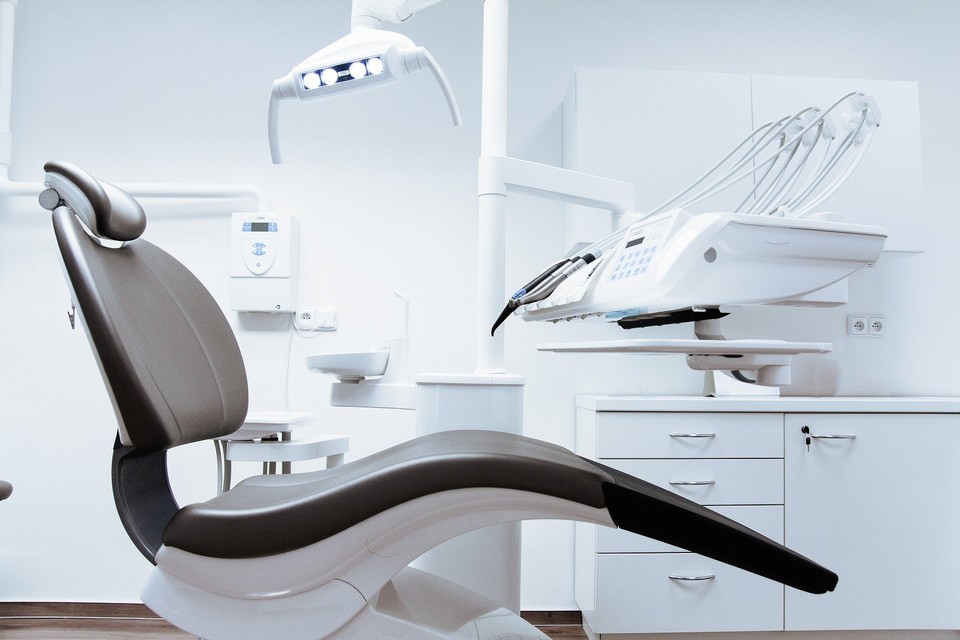Wisdom teeth are the third molars that emerge in the back of the mouth in the late teens to early twenties. In medical terms, they are called “third molars.” Wisdom teeth are also called so because they emerge around the age when one gains wisdom. Another name for wisdom teeth is “impacted wisdom teeth,” referring to those that remain partially or fully embedded in the jawbone. The number of wisdom teeth varies from person to person, ranging from zero to four, and there is a reason for this.

“Modern people, unlike primitive humans who ate raw food, primarily consume processed foods and soft, cooked foods, leading to a decrease in the function of teeth and, consequently, a gradual reduction in the size of the jawbone,” said Professor Jeoung Yeon-wook of the Department of Orthognathic Surgery at Daejeon Eulji Medical Center. “The decreasing size of the jawbone and the dwindling number of teeth are not in harmony with each other, resulting in variations in the number of wisdom teeth, ranging from no wisdom teeth at all to four wisdom teeth.”
If wisdom teeth grow straight and there is sufficient space between them and the cheeks for proper brushing, there is no need to remove them. However, wisdom teeth often grow in narrow spaces, become impacted in the bone, or grow horizontally or at an angle, resulting in incomplete eruption. This can cause pain or swelling when they emerge. Unfortunately, in nine out of 10 cases, wisdom teeth grow abnormally or incompletely.

Wisdom teeth often grow in a lying position or toward the tongue or cheek, with some or all of the tooth buried. When food gets stuck in this area, even brushing may not reach the area, making it difficult to remove food particles. This can lead to inflammation and cavities, and in severe cases, the molar in front of the wisdom tooth may decay or the inflammation may cause the alveolar bone to dissolve, requiring the extraction of the permanent tooth.
Additionally, if the wisdom tooth pierces the gum, it is prone to inflammation, which can cause severe facial swelling, difficulty opening the mouth, and the accumulation of pus. In most cases, extraction is performed after treating the inflammation, but if the inflammation has spread severely, hospitalization may be required.
Wisdom teeth can also cause cysts in the jawbone, which can grow and damage surrounding teeth, nerves, and the jawbone. In addition, the area where wisdom teeth are located is the thinnest and most stressed part of the jawbone, making it susceptible to fractures even with minor impact.
For women of childbearing age, even if severe pain occurs due to inflammation of the wisdom tooth after pregnancy, extraction is difficult except during the stable period, and there may be concerns about radiation tests and medication. Therefore, it is recommended to have the tooth extracted in advance if any potential issues are identified.
Wisdom teeth are best removed between the ages of 18 and 22, when extraction is easier.
The timing for wisdom tooth extraction is determined by a dental specialist based on regularly taken X-rays, assessing whether the wisdom teeth are likely to cause future problems or require ongoing monitoring.
“Generally, it is best to extract wisdom teeth between the ages of 18 and 22, when puberty has passed and adulthood begins,” Professor Jeoung said. “This is because the roots of wisdom teeth are not fully developed, and they are less firmly attached to the jawbone, making extraction easier.”
She also advised that removing wisdom teeth before complications arise allows for faster recovery and helps preserve the health of permanent teeth.

